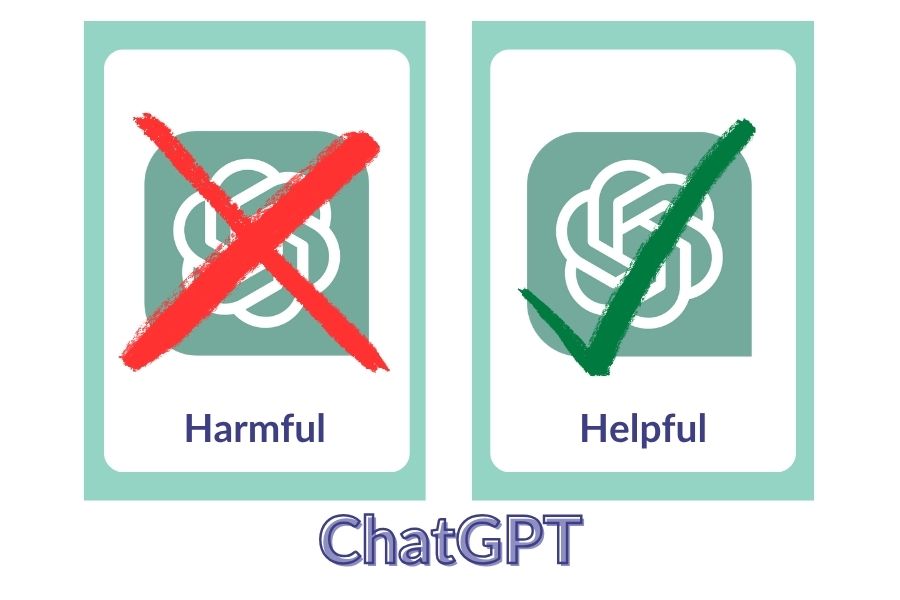
With the harsh winter weather system that has recently swept through, Clark County Public Schools was out of session for several days.
Some of these were designated as Non-Traditional Instruction (NTI) Days, while others were the classic Snow Days that many students know and love.
Each of these options has its own set of advantages and drawbacks, leading to an ongoing debate about which is the better alternative. Some students and parents prefer NTI Days for their structure and ability to prevent the school year from being extended, while others cherish the carefree nature of Snow Days. Today,
I’ve put together a clear breakdown of the pros and cons of both, helping you solidify your stance on this wintry dilemma.
NTI Day Pros- To provide some background, NTI Days were introduced after the COVID-19 pandemic as a way to keep students learning despite being out of the classroom. On NTI Days, students are usually assigned a small amount of work in each class, ensuring that they remain on track academically even when they aren’t in school physically to learn. NTI assignments are often designed to be shorter and more manageable than normal work, making it easier for students to complete their work while still having some free time at home. One of the biggest advantages of NTI Days is that they prevent students from falling behind. This is particularly helpful when winter weather causes schools to be closed for multiple consecutive days. Without NTI Days, students might struggle to catch up after missing crucial instruction time. Additionally, these days help prevent the school year from being extended into the summer, which is especially important for those who have travel plans, summer jobs, or other commitments once school is supposed to be out.
NTI Day Cons- While NTI Days do have certain advantages, they also present some challenges. One significant con is that, unlike Snow Days, NTI Days aren’t an actual “day off.” Instead of enjoying a fun day in the snow, students are required to spend part of their time completing assignments inside on their computers. For many, this can be really difficult, especially when they would prefer to be outside sledding, building snowmen, or simply relaxing. Also, some students think NTI work is repetitive or unnecessary. Depending on the subject and the teacher, assignments may seem more like busy work rather than something actually teaching you content. This can make it tough for students to stay engaged, especially when they are confined indoors due to bad weather. NTI Days depend on student participation. If too many students do not complete their assignments, the NTI Day does not count as an official instructional day, meaning it must be made up later in the year. This can be incredibly frustrating, as the lack of effort from some students can affect the entire school.
Snow Day Pros- One of the best feelings growing up is waking up and looking out the window to see snow covering the ground. You know that school has been canceled for the day and instead of worrying about assignments or class schedules, you can spend your time enjoying the snow. Sledding, having snowball fights, making snow angels, or simply bundling up with a cup of hot chocolate and a good movie. A major benefit of Snow Days is that they provide a much-needed break from the daily grind of school. Many students feel a slump after Christmas Break. Spring break is still a while away and Christmas is already over. Snow Days can offer a refreshing break, giving students the chance to relax, recharge, and enjoy some free time in the middle of the school year.
Snow Day Cons- While Snow Days are often viewed as a delightful break, they also bring some challenges. Students who are already having difficulty in certain subjects may struggle even more to catch up after several days off. For teachers, adjusting lesson plans and ensuring that all necessary material is covered before the semester ends can be quite challenging. One major issue is that, since these days are classified as non-instructional, they need to be made up at the end of the school year. This can be particularly frustrating for seniors, as too many Snow Days could delay their graduation date. A postponed graduation might disrupt family travel plans, summer jobs, or early college move-ins, leading to an inconvenient situation for both students and their families. For underclassmen, a longer school year means a shorter summer break, which can be disappointing, especially for those with vacations or other summer activities planned. What initially seems like a fun day off in the winter can turn into a hassle when students find themselves back in the classroom during the warm, sunny days of June.
In conclusion, Both NTI Days and Snow Days have their advantages and disadvantages, and the best option ultimately depends on individual preferences and priorities.
If you value staying on track academically and avoiding an extended school year, NTI Days may be the better choice. On the other hand, if you appreciate the opportunity to take a true break and enjoy a carefree day in the snow, Snow Days might be more appealing.
There is no telling what weather system might move in next, so use this story to build your opinion on the topic, NTI Days or Snow Days?








